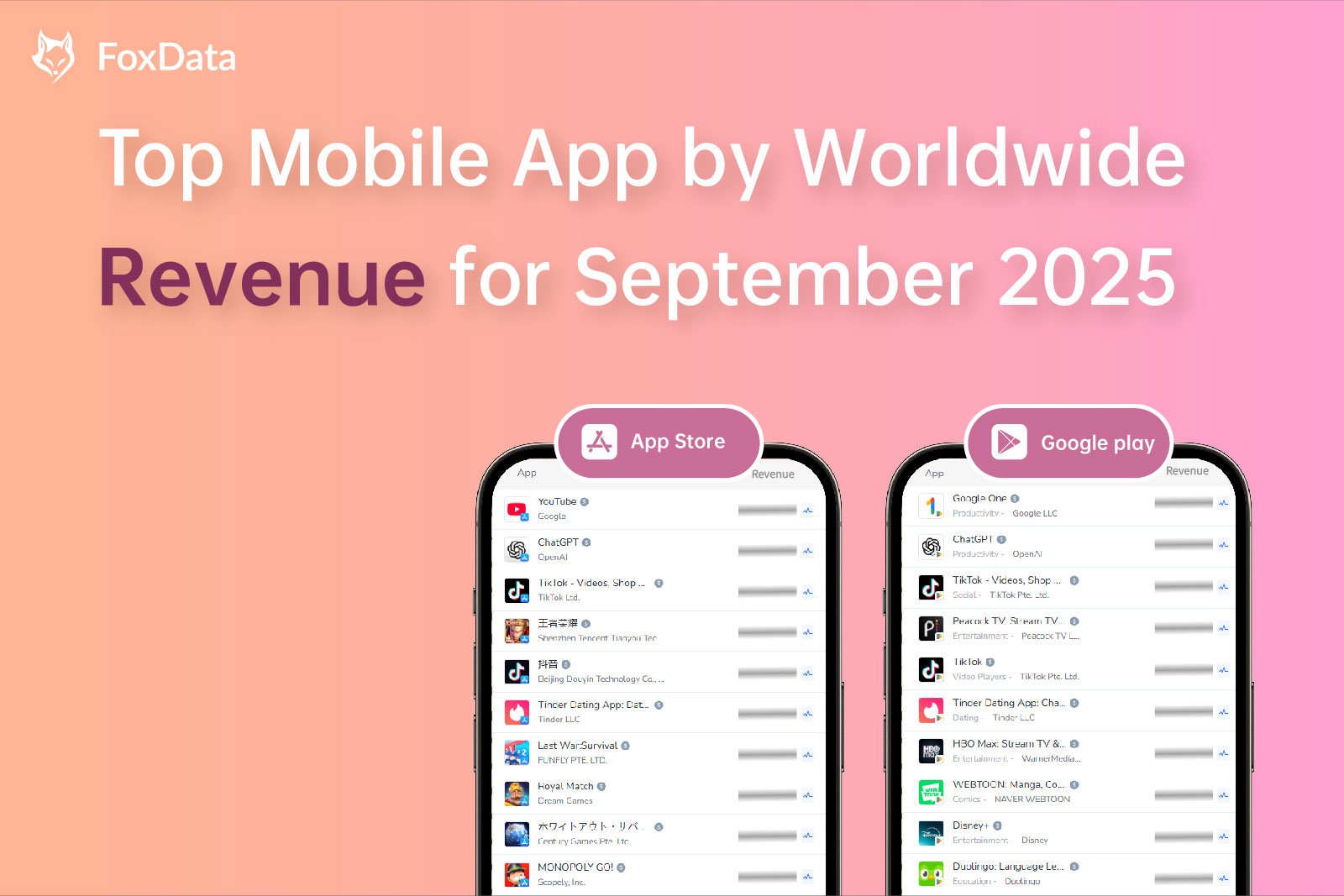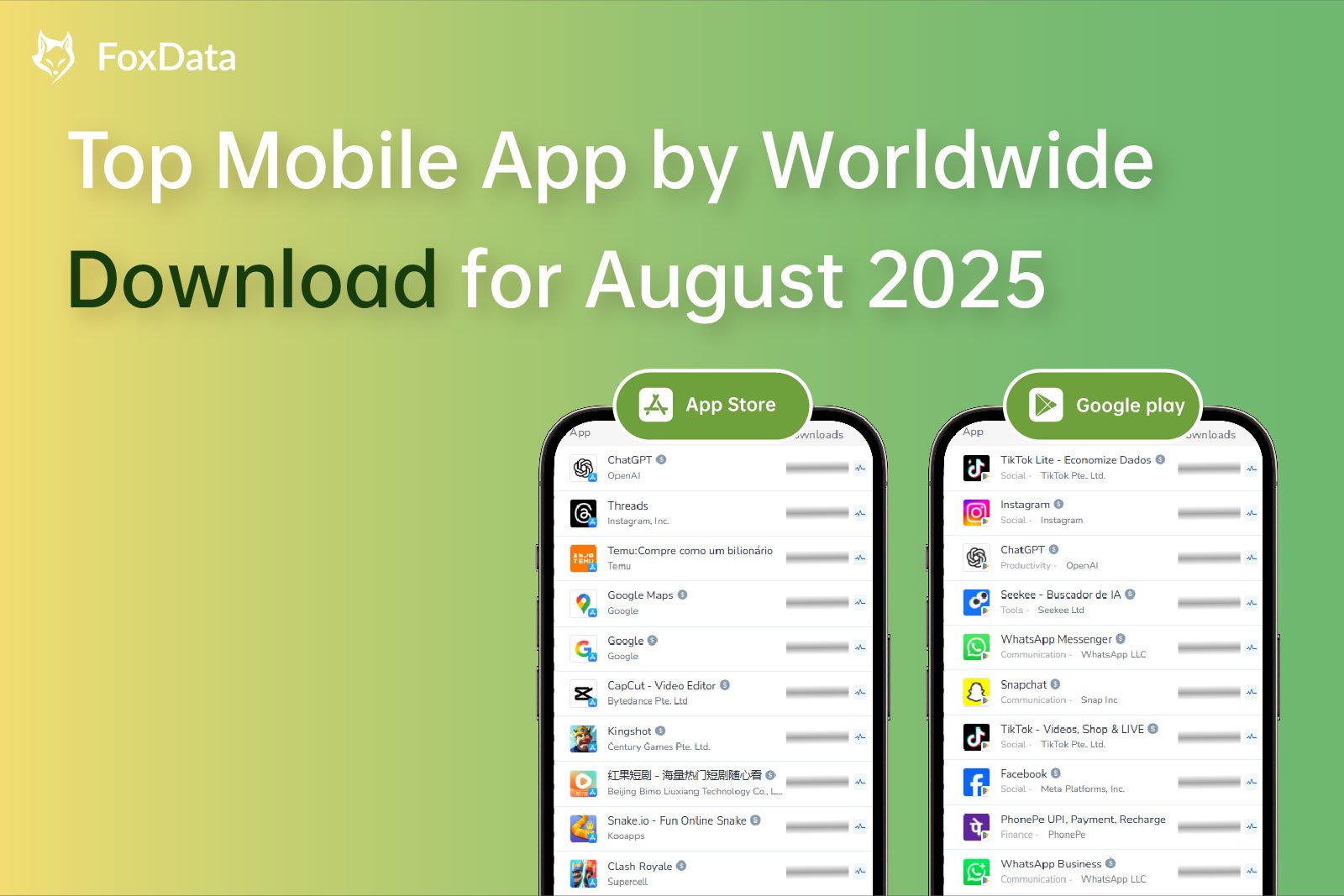The Secrets Behind the Success of Simulation Mobile Games in Q3 2024
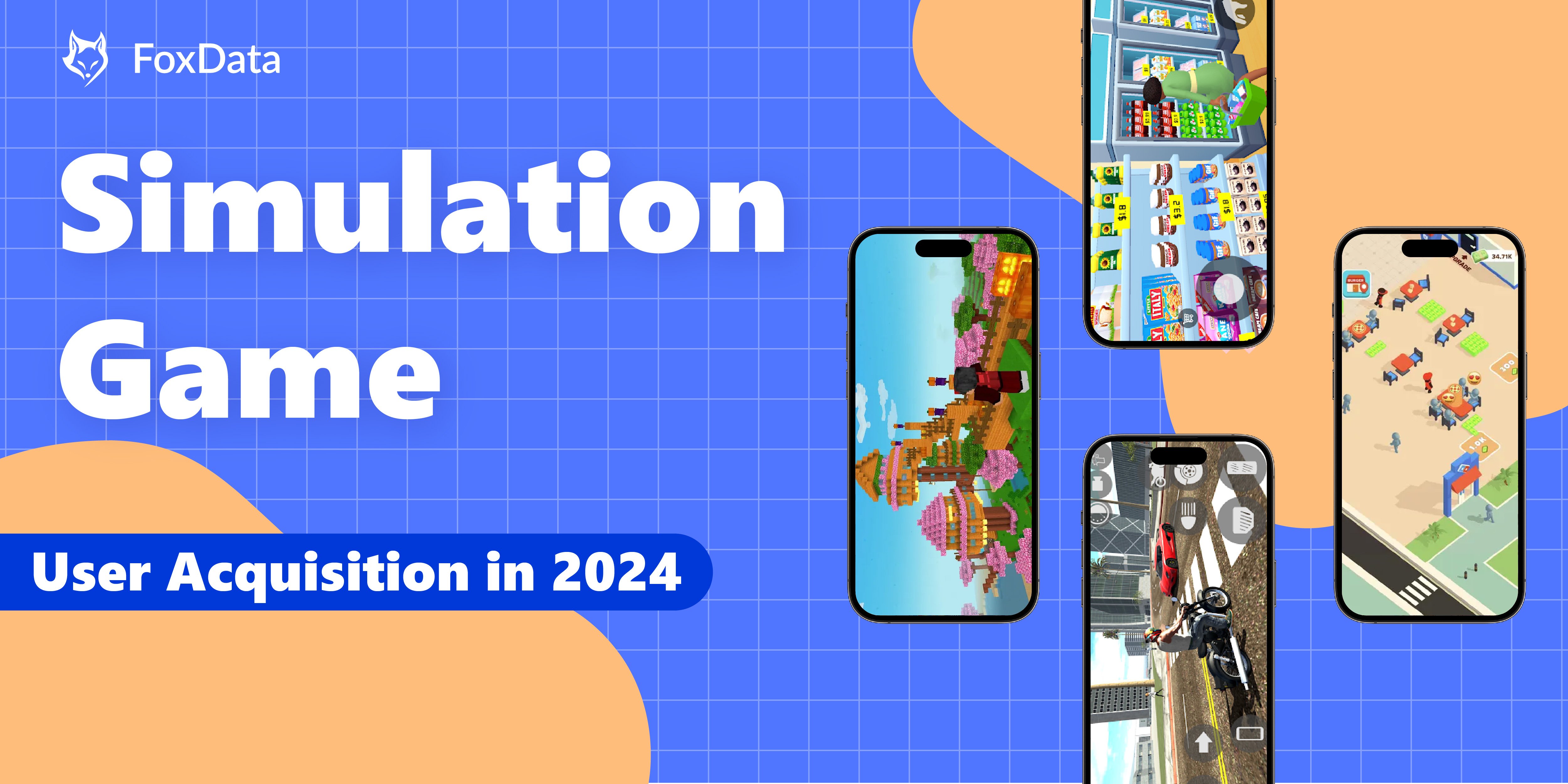
According to FoxData, in Q3 2024, the acquisition of users for simulation mobile games saw a significant surge, outpacing others by a wide margin. Notably, on Google Play, it led the pack with a growth rate of 17.40%.

Simulation mobile games have increasingly captured the public's attention during this period, taking the world by storm.
"Supermarket Master 3D" and "My Supermarket Simulator 3D" both splashed as newly released simulation games, rocketing directly into the Top 6 of the App Store's download charts in August and clinching the Top 1 spot on Google Play's download charts in September respectively.
Curious to learn more about "Supermarket Master 3D"?
💡Read More: Biggest Winner in Mobile Games on the App Store for August: Supermarket Master 3D
Want to dive deeper into "My Supermarket Simulator 3D"?
💡Discover more: How Did "My Supermarket Simulator 3D" Rush to the Top of the Global Download Charts?
So, how are simulation games performing in the app market, and why are they so successful in user acquisition?
Let's explore the methods behind their success together!
Simulation Game Market Performance

User acquisition for simulation apps was predominantly driven by Google Play, accounting for a remarkable 77.37% of the total.
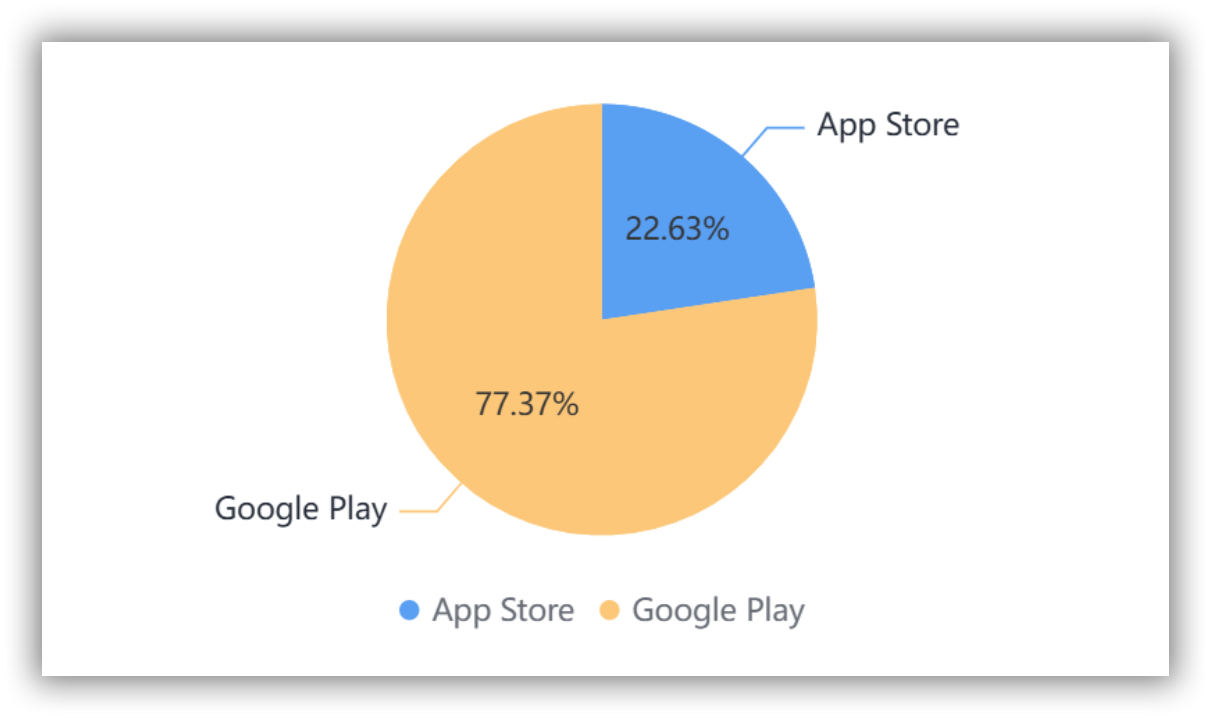
The surge in user acquisition was primarily concentrated in Android-dominant countries such as India, Brazil, and Indonesia.

Click on the image below to visually explore the download shares from various countries.
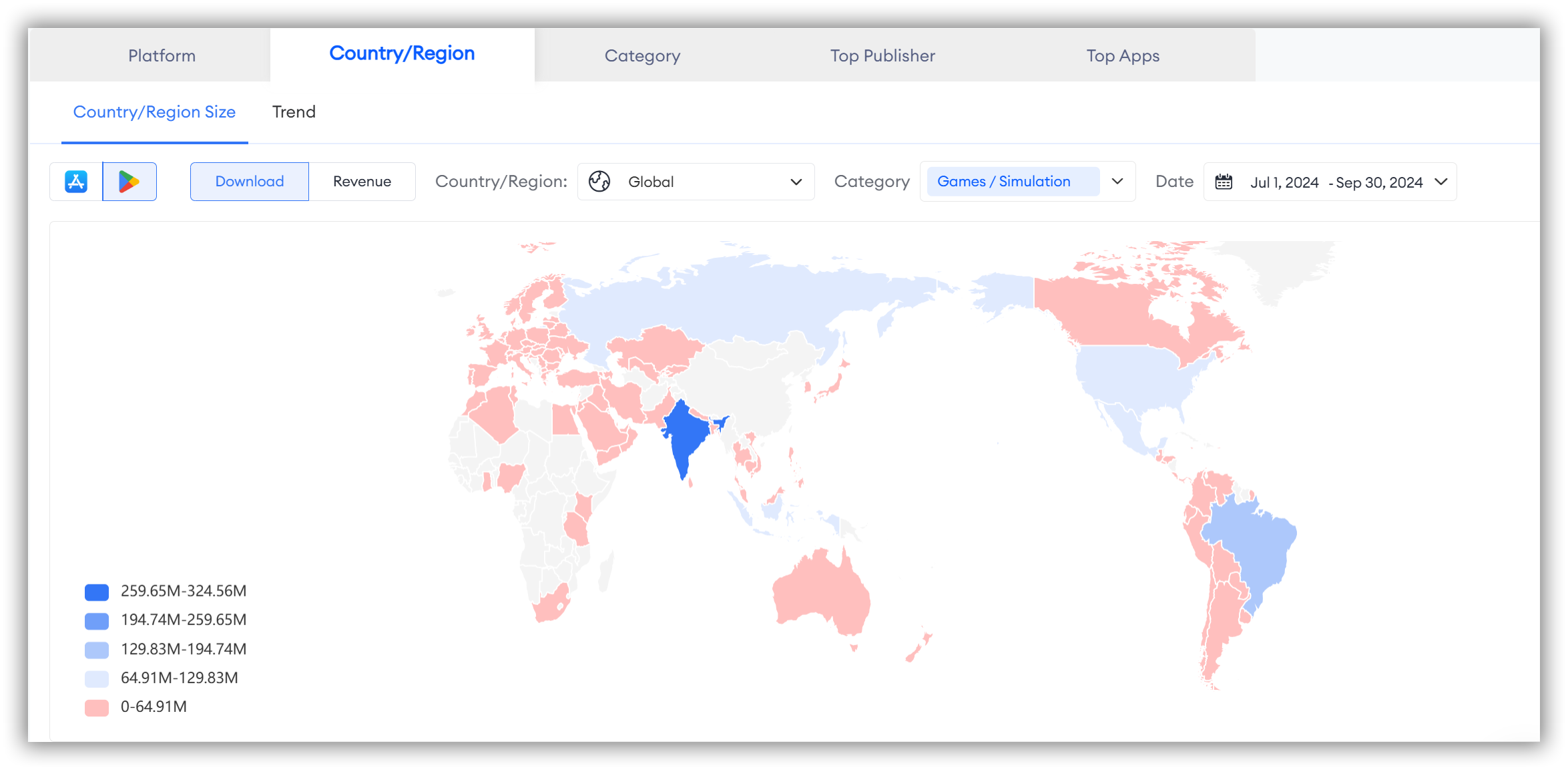
In Q3, simulation apps were among the fastest-growing categories in terms of user acquisition in app stores. They even ranked first on Google Play with a year-over-year growth rate of 17.40%.
Effective User Acquisition Strategies for Simulation Games
The success of simulation management games in Q3 can be attributed to their effective user acquisition strategies. These strategies have enabled them to capture a wide audience and maintain a strong presence in the competitive mobile gaming market.
With the right strategies, you can distinguish your game and enhance user acquisition. This guide provides actionable tips specifically designed to help you succeed.
1. Understand Your Audience
The foundation of effective simulation game marketing is understanding your audience. Knowing who plays your game is crucial for developing a marketing strategy that not only attracts but also retains users.
Player Motivations
- Escapism: Many players seek a break from reality, enjoying the immersive experience of a different world.
- Self-Expression: Players often find joy in creating and customizing in-game worlds that reflect their personal style or ideals.
- Discovery: The excitement of unlocking new levels, features, or storylines keeps players engaged.
- Relaxation and Time-Passing: Simulation games provide a low-stress environment for players to unwind or fill idle moments.
Understanding these motivations can significantly shape your user acquisition strategy. For instance, if a segment of your audience seeks escapism, focus your ad creatives on the immersive aspects of your game.

2. Select Effective Marketing Channels
Choosing the right marketing channels is vital for successful user acquisition in simulation games. This often involves advertising through various ad networks to showcase your game on platforms like social media and within other games.
Selecting the right ad network can greatly influence your user acquisition efforts. An ideal partner will maximize your reach and target the audience most likely to engage, offering a better return on investment.
Top Ad Networks for Retention
The leading ad networks for acquiring mobile gamers with good retention rates include:
- Google Ads: Known for its extensive reach.
- Unity Ads: Favored by game developers for its easy integration and quality user base.
- ironSource: Provides a comprehensive growth solution for mobile games.
- Facebook (Meta): Offers detailed analytics and has a massive user base.
- Mintegral: Specializes in cross-promotion with a focus on high user engagement.
3. Balance Ad Quantity and Quality
A robust simulation game marketing strategy involves not only selecting the right channels but also balancing ad quantity and quality.
The Need for Numerous Ads
Running multiple ads allows for A/B testing of different creatives and messaging, offering insights into what resonates with your audience. It also increases the likelihood of reaching a broader range of potential players.
Quality Matters
Using viral audios like Tiktok audios or AI audios in advertisements is becoming increasingly popular, particularly in marketing campaigns for simulation games.
Viral audios are deeply ingrained in popular culture, which means they instantly trigger recognition and engagement. When players hear a well-known tune alongside gameplay footage, it not only grabs their attention but also fosters an emotional connection. This makes the ad—and consequently, the game—more memorable.
A notable example is the advertisement for the game "shawarma legend", whose music and lyrics for the game were created using AI. This song gained popularity on social media in China, and its inclusion in the game as well as ad has significantly contributed to its success in Q3 2024.
Content will be displayed after page load
💡Read More:Leveraging Creativity for ASO Success: Unveiling Trends in Mobile Casual Gaming Creatives
👏Expert Note: If you're lacking creative inspiration, researching the creative strategies of leading competitors is a wise choice. Feel free to use Meta Ad Creatives to easily discover top category and competitor creatives.
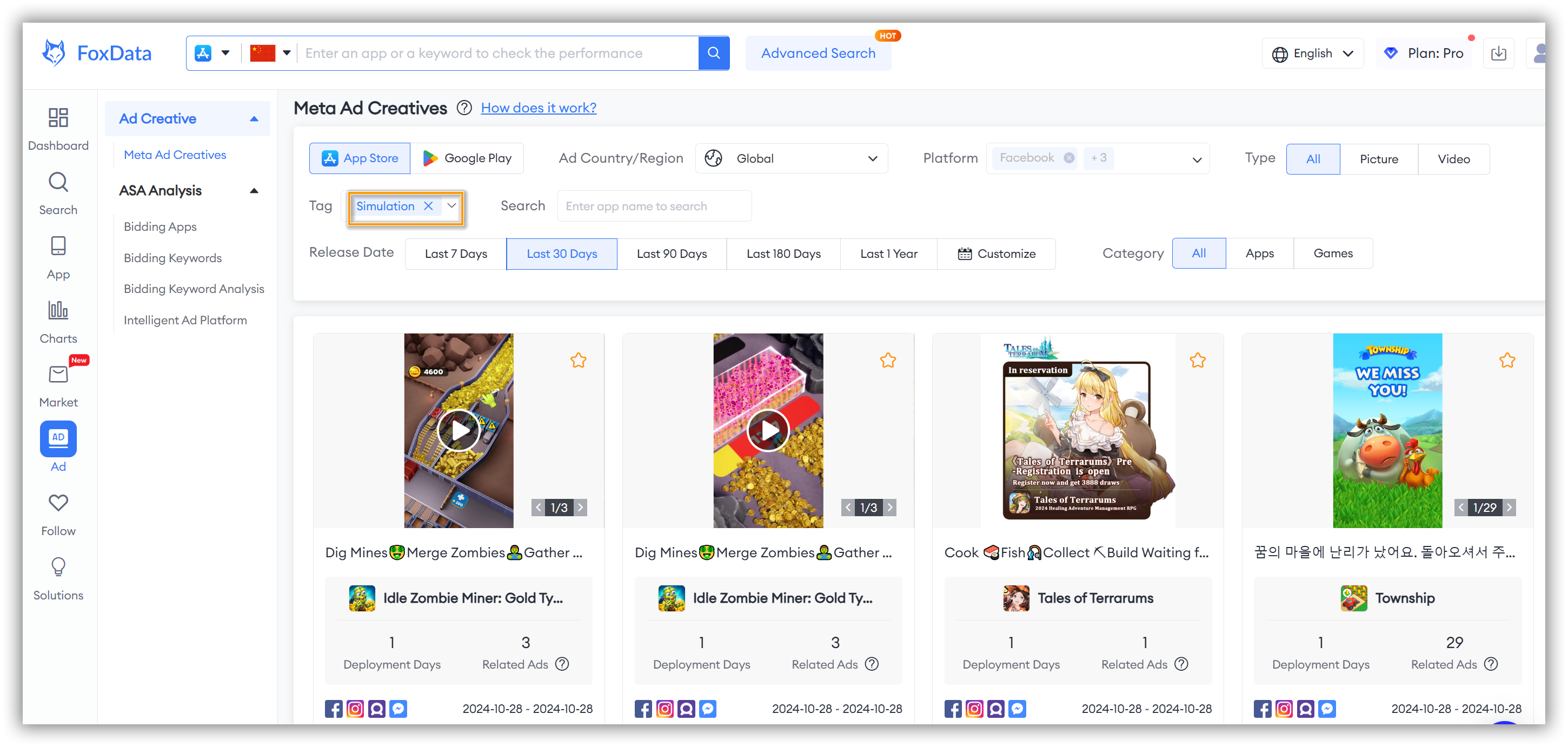
4. Leverage Organic User Acquisition
While your marketing budget will primarily focus on paid user acquisition, don't overlook the importance of organic growth.
The Power of App Store Optimization (ASO)
App store optimization is key to organic user acquisition. A well-optimized app store page can boost conversion rates, making it easier for players to find and download your game.
📒Example: Take the September Google Play download chart winner, "My Supermarket Simulator 3D," for example.
The app's success is closely tied to its App Store Optimization (ASO) strategy.
The app's Visibility Score is 81, surpassing 99% of newly launched apps within three months.
The game achieved long-term exposure and eventual downloads by making periodic adjustments to its App Store Optimization (ASO) for organic acquisition.
Synergy with Paid Campaigns
A polished app store page benefits not only organic growth but also enhances paid user acquisition campaigns. A compelling app store page can be the final push players need to install your game after clicking on an ad.
💡Read More: Integrating ASO and Paid User Acquisition for Enhanced App Growth
5. Track Key Performance Indicators (KPIs)
In an ever-evolving landscape, especially with post-privacy changes, tracking the right KPIs is more crucial than ever. Accurate metrics enable you to adapt your marketing strategy in real-time, optimizing for what truly matters.
Essential KPIs
- CPA (Cost Per Acquisition): Measures the cost of acquiring a new player, providing insight into your user acquisition spending.
- CPI (Cost Per Install): Indicates the cost of each new game install, essential for understanding immediate campaign costs.
- CAC (Customer Acquisition Cost): Encompasses all costs associated with acquiring a new player, including advertising and marketing expenses.
- Retention: Assesses how many players continue to engage with your game over time, indicating its long-term viability.
- Session Length: Measures the average time a player spends in a single session, reflecting player engagement.
- LTV (Lifetime Value): Estimates the total revenue a player will generate, aiding in long-term planning and assessing user acquisition effectiveness.
- ARPPU/ARPDAU: Revenue metrics that help determine earnings per user or per active user daily.
- ROI and ROAS: Financial metrics that evaluate the overall effectiveness of your user acquisition campaigns, indicating whether your investment is paying off.
By following these strategies, you can enhance user acquisition for your simulation game and stand out in a competitive market.
FoxData's sub-brand, FoxAdvert, provides advertisers with diversified traffic growth and monetization solutions.
Partner with FoxAdvert to fuel your brand's potential in Google, social, and app markets, and ignite your revenue growth with our data-driven solutions.


